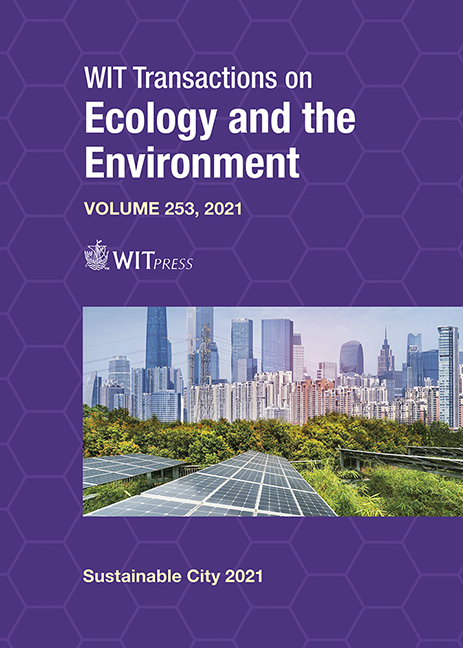INVESTIGATION OF THE SENSE OF COMMUNITY LEVELS: VARIABLES, DIMENSIONS AND SPATIAL ANALYSIS APPROACH
Price
Free (open access)
Transaction
Volume
253
Pages
12
Page Range
359 - 370
Published
2021
Size
2,097 kb
Paper DOI
10.2495/SC210301
Copyright
Author(s)
PAKINAM ASHRAF, HANY M. AYAD, DINA M. SAADALLAH
Abstract
Neighborhood sense of community is considered both a theory and a value in the community and social psychology. It has been examined significantly in a wide range of research. However, there is a need to investigate the effect of several independent variables on the sense of community-level change. Consequently, this study attempts to advance the relationship between the sense of community and some factors such as the built environment, the historical background, and the socio-economic conditions in three selected neighborhoods. Besides, in this paper, spatial analysis and observation have been done to identify each neighborhood’s main features and residents’ engagement level through quantitative analysis and GIS analysis. To reach that aim, an updated methodology composed of a mixed method Consisted of a quantitative survey and a qualitative observation of the built environment features by adding a spatial analysis. Appling this updated methodology to four neighborhoods in Alexandria city, Egypt. This will be achieved through in-depth statistical analysis for the four neighborhoods, followed by GIS analysis for two neighborhoods to correlate the quantitative approach with the quantitative spatial analysis approach for the sample. The findings support the notion that there is a strong correlation between the sense of community and the built environment. The results show, a significant correlation with some demographic factors like age, monthly income, and the importance of community attachment and identity on measuring sense of community. Finally, this study highlighted that the public participation practices increase the residents’ attachment to the community, which emphasizes the concept of a sense of community responsibility towards their neighborhood.
Keywords
sense of community, built environment, GIS, Alexandria, Egypt, statistical analysis, public participation, citizen’s empowerment





